Episode 42: Training HOT Horses

Hot horses are those high energy horses who want to run fast and don’t always do what you want. In this episode, I go back to my teeter totter example to explain the spectrum of hot horses. Picture a +10 on one side and a -10 on the other. A hot horse will run the spectrum on the plus side. I also talk about the difference between a hot horse with high energy and a horse that could be nervous or confused because of lack of training.
I explore the pros and cons of hot horses and how they can be better trained. The horse’s body is a reflection of their mind, and I answer a couple of listener questions about hot horses and give some examples that might be helpful. In today’s On Call with Dr. Monty we talk about the number one killer of horses, and Dr. Monty shares a wonderful program that can help save horses and give owners peace of mind.
“Hot isn't good or bad, but it's definitely more useful in certain situations and less useful in other situations.” Stacy Westfall Click To TweetShow Notes:
[05:04] My horse Popcorn is more of a natural +7. He puts his head down in the pasture and runs as hard and fast as he can. At his core, he is a very hot horse.
[06:55] Pros of hot horses include them being athletic and easy to motivate. They are also very sensitive. They tend to think quick. They are quick on their feet and mentally in thinking.
[07:47] Cons include thinking quick, being sensitive, being athletic, and trying too hard. All of the things that are the pros are also the cons with hot horses.
[08:09] Hot isn’t good or bad, but it’s definitely more useful in certain situations and less useful in other situations.
[09:01] It’s okay to recognize certain traits. If you just want a horse to walk down the trail, you probably don’t want a hot horse.
[09:34] Be aware of the patterns that you use when you ride. These include the physical pattern that you ride in and the habits you have while you ride.

[10:01] Add groundwork, because it’s a great place to teach emotional control. This teaches the horse how to behave correctly under pressure, and it helps convince you that the horse will behave correctly.
[11:02] Hot horses often get rewarded for being hot.
[16:06] A listener question about a horse that needs to let go and relax.
[17:47] The horse gets faster on a loose rein. This might mean that he is a little bit lost. If the horse is lost, use more encouragement to give him guidance. He needs a hug.
[19:01] The percentage of groundwork isn’t as important as the quality of the groundwork and what you are releasing on.
[20:43] You could be working on some thoughts that the horse thinks are a good idea, but they’re not.
[21:50] I have a test to make sure horses understand the difference between whip and stand still that I use before I mount up.
[22:42] It all boils down to where he finds release.
[23:16] A listener question about a 16 year old gelding who doesn’t want to walk after a canter or trot.

[24:47] There are signs on both sides of the teeter totter. This is a good sign that your horse is closer to zero. He is going back and forth between the two sides.
[26:07] When he goes up, he may not know how to go down. This could be a training issue.
[26:45] You need to use your legs more with a hot horse.
[27:10] Avoid spicy exercises with a hot horse. Add more base or boring stuff. Repetitive exercises can slow a horses mind down.
[29:11] Make sure downward transitions are like a hug. Close all of your aids or hands and legs. Applying pressure doesn’t always mean move. Applying pressure to slow down is great to do in groundwork.
[32:22] These horses also contract their strides. Working on turns like the four leaf clover pattern can help.
[34:27] Keep thinking hug, soften, release.
[34:40] It matters where you release these horses.
[36:57] Use less leg on a cold horse and more leg on a hot horse.
[38:21] With hot horses you have a lot of forward motion to work with, and they are asking for the training.
[39:31] Colic is such a scary thing. It’s the number one cause of death in horses. You shouldn’t be scared about colic, but you should be ready.

[40:01] Out of every colic that Dr. Monty sees, 8 out of 10 just need medication and a veterinary examination. When you see signs of not wanting to eat, laying down, or trying to roll consider colic as a possible cause and get in touch with your veterinarian.
[40:39] About 1 1/2 out of 10 may need additional management and fluids and pain medication. Your veterinarian or veterinary hospital can help with that.
[41:05] The last category is the 1/2 horse out of 10 or the 5 out of 100 that have a life threatening condition and need surgery. They could have a twist or displacement or something going on that could kill the horse if it doesn’t have surgery.
[41:35] At Tennessee Equine Hospital, they have a loyalty program where if they help with wellness and basic care, and you pay $50 a year, they will pay for your horses colic surgery, if needed.
[43:00] They have a greater than 80-85% success rate with their colic surgeries.
[43:39] They started the Promise Program, because one year they had to euthanize close to 60 horses that had owners who didn’t or couldn’t pay for the surgery.
“If you just want a horse to walk down the trail, you probably don't want a hot horse.” Stacy Westfall Click To Tweet
Links and Resources:
Equithrive Use the code STACY for 10% off
Tennessee Equine Hospital Facebook
Smart Start: Building a Strong Foundation for Your Horse
Stacy Westfall 2003 NRHA Futurity Freestyle Bridleless Reining
Stacy Westfall – 2011 Congress Freestyle Reining Bridleless – Can Can Vaquero
Stacy’s Video Diary: Jac-Episode 1-First Day-Part 1-Evaluating Jac
Teach your horse to stand still: trail and arena Episode 3: The Trail to the World Show
Stacy Westfall: Emotional control of your horse (3 of 10)
Have you ever wondered what a live version of this podcast would be like?I’m hosting some live, online video calls that are like a live version of this podcast. I teach on a subject, answer questions and for those who are brave, I’ll turn your video on live too and you can join me for a conversation!
If you want to learn more about this you can visit https://stacywestfall.com/live/ for more information!
1 Comments
Leave a Comment
SUBSCRIBE TO THE PODCAST HERE:
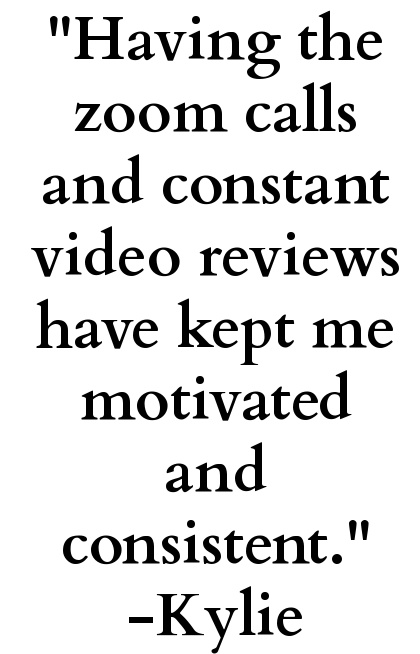
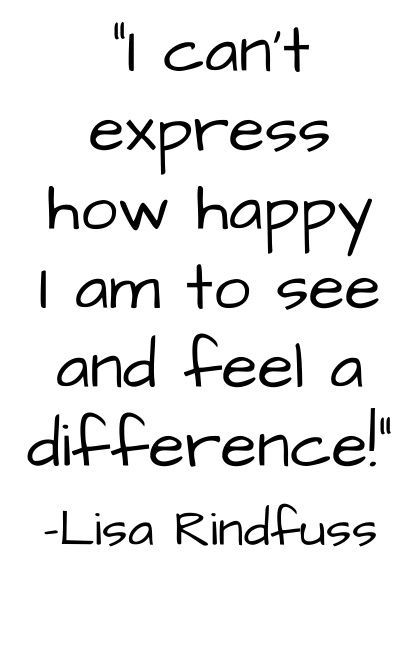
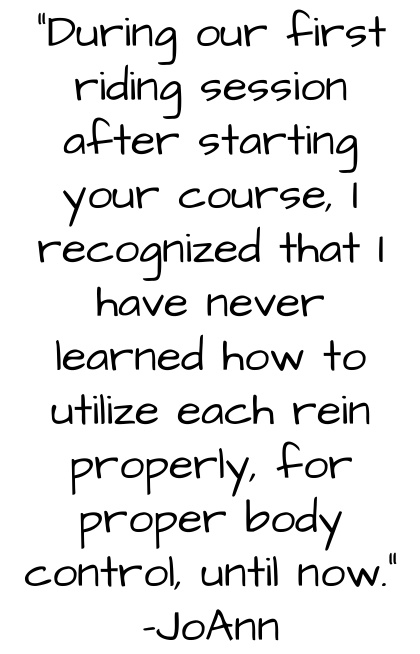
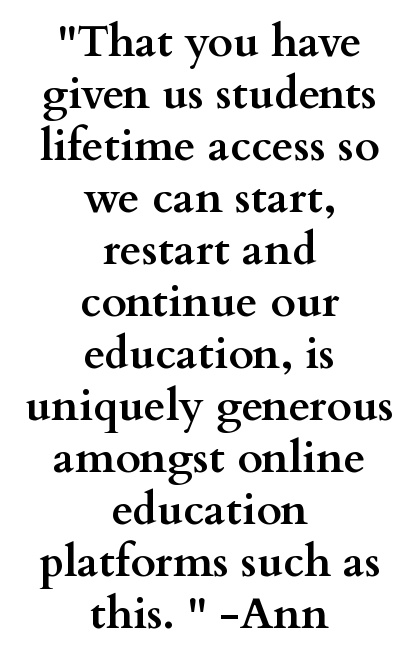
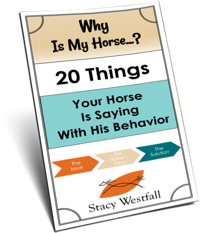
YOURS FREE
WHY IS MY HORSE...?




Love this topic. Boring is definitely great for Hildy. All summer I went out and pretty much did the same thing and this was before this podcast came out, I must be starting to think like you. 🙂 I learned that “boring” has really helped her. I also learned Hildy is not good at quick changes. She likes things simple and methodical. What is interesting is ……so do I. When I sent you the video of Hildy and I from this past weekend, did you notice how slow I took things? After each obstacle I gave her a few seconds to switch into trotting to the next obstacle or at the end I walked a few strides and then asked for the lope. She needs that time to transition into the next step. What are your thoughts on horses that need to process change?